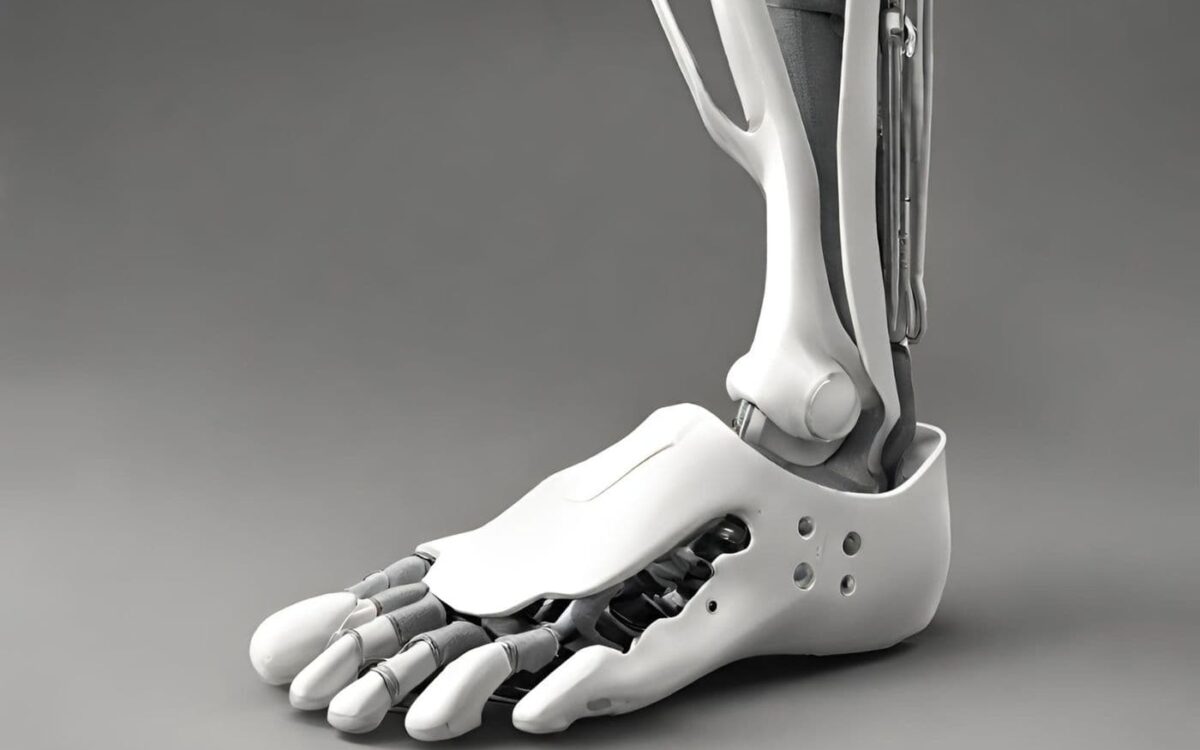Introduction
Losing a finger, whether due to an accident, medical condition, or congenital anomaly, can significantly impact daily life. Simple tasks like grasping objects, writing, or buttoning a shirt can become challenging, leading to a loss of independence and potentially affecting self-esteem. However, advancements in prosthetic technology offer a beacon of hope, with prosthetics for fingers emerging as a powerful solution to regain function and empower individuals to thrive beyond their limitations. These innovative devices not only restore physical capabilities but also have the potential to positively impact an individual’s well-being, fostering a renewed sense of confidence and independence.
Beyond Appearance: The Functionality of Finger Prosthetics
Prosthetics for fingers come in various forms, each catering to specific needs and functionalities. Here’s a glimpse into the diverse landscape of finger prosthetics:
Cosmetic prosthetics: These finger prosthetics prioritize aesthetics, offering a natural appearance that blends seamlessly with the remaining hand. They are ideal for individuals who prioritize a lifelike look and may not require advanced functionality for daily activities.
Passive prosthetics: These prosthetics go beyond aesthetics, offering basic functionality for improved grasp and grip strength. They typically employ flexible materials or utilize hinges to allow for basic gripping motions. Passive prosthetics are suitable for individuals who require some functional assistance in daily activities.
Active prosthetics: These technologically advanced prosthetics integrate various mechanisms like sensors and motors to provide the most dynamic functionality. They can mimic natural finger movements, allowing for increased dexterity and control in grasping, pinching, and manipulating objects. Active prosthetics are ideal for individuals seeking a high level of function restoration and improved precision in daily activities or specific professions.
The choice of a finger prosthetic depends on individual needs, lifestyle, and desired level of functionality. Beyond the aesthetic benefits of a more complete-looking hand, finger prosthetics offer significant biomechanical advantages. Improved grip strength and dexterity empower individuals to perform everyday tasks with greater ease and confidence.
Empowering Daily Activities: Practical Applications of Finger Prosthetics
The impact of finger prosthetics extends far beyond restoring basic hand function. These innovative devices translate into practical benefits that empower individuals to reclaim control over everyday activities:
Performing daily tasks with ease: Simple activities like writing, dressing, preparing meals, and using electronic devices become significantly more manageable with the improved grip and dexterity offered by finger prosthetics. Tasks that were once frustrating or even impossible can be accomplished with renewed confidence and independence.
Redefining possibilities in specific professions: Individuals in professions that require fine motor skills, such as musicians, artists, or mechanics, can experience a significant boost in their ability to perform their jobs effectively. Finger prosthetics can help restore the intricate movements necessary for playing an instrument, creating art, or manipulating tools with precision.
Embracing hobbies and activities: Activities like gardening, playing sports, or pursuing hobbies that involve fine motor skills become more accessible with the enhanced functionality of finger prosthetics. This allows individuals to participate fully in activities they enjoy, fostering a sense of fulfillment and well-being.
The potential of finger prosthetics continues to evolve as advancements in technology pave the way for even more sophisticated functionalities.
Addressing Concerns: Cost, Maintenance, and Customization
While the potential benefits of finger prosthetics are undeniable, some individuals might have concerns regarding cost, maintenance, and customization. Here’s a brief exploration of these considerations:
Cost:
The cost of finger prosthetics can vary considerably depending on the type of prosthesis chosen, the materials used, and the level of customization required. Cosmetic prosthetics typically have a lower cost compared to more advanced active prosthetics with intricate mechanisms. Exploring insurance coverage options, discussing cost management strategies with a prosthetist, and considering financial assistance programs can help navigate this aspect. Remember, the long-term benefits of regaining function and independence can outweigh the initial investment.
Maintenance:
Like partial foot prosthesis, finger prosthetics require regular maintenance to ensure proper function and longevity. This typically involves cleaning the prosthetic, inspecting it for wear and tear, and seeking adjustments from a prosthetist as needed. Depending on the complexity of the prosthetic, maintenance might require varying degrees of effort, but it remains essential for optimal performance and safety.
Customization:
The key to maximizing the benefits of finger prosthetics lies in proper customization. Working closely with a qualified prosthetist ensures that the prosthetic is tailored to your specific needs, residual limb shape, and desired level of functionality. This process might involve selecting the most suitable type of prosthetic, determining the appropriate size and shape, and ensuring a comfortable and secure fit. A well-customized finger prosthetic becomes an extension of your hand, seamlessly integrating with your movements and promoting a natural feel.
Conclusion
The journey after finger loss, while initially daunting, presents an opportunity for resilience and empowerment. Advancements in prosthetic technology, particularly in the realm of finger prosthetics, offer a beacon of hope, aiding individuals in reclaiming function, independence, and a sense of normalcy.
Finger prosthetics go beyond aesthetics, providing a range of biomechanical benefits that translate into practical applications. From improved grip strength and dexterity for everyday tasks to regaining the ability to pursue hobbies and even careers in specific professions, these advancements empower individuals to lead fulfilling lives.
While cost, maintenance, and customization are considerations, exploring available options, prioritizing comfort, and seeking guidance from professionals can help navigate these aspects. Ultimately, the long-term benefits often outweigh the initial challenges.
The impact of finger prosthetics extends beyond physical capabilities, fostering improved self-confidence, increased social engagement, and reduced emotional burdens. These advancements empower individuals to embrace their potential, pursue their aspirations, and thrive in all aspects of life.
